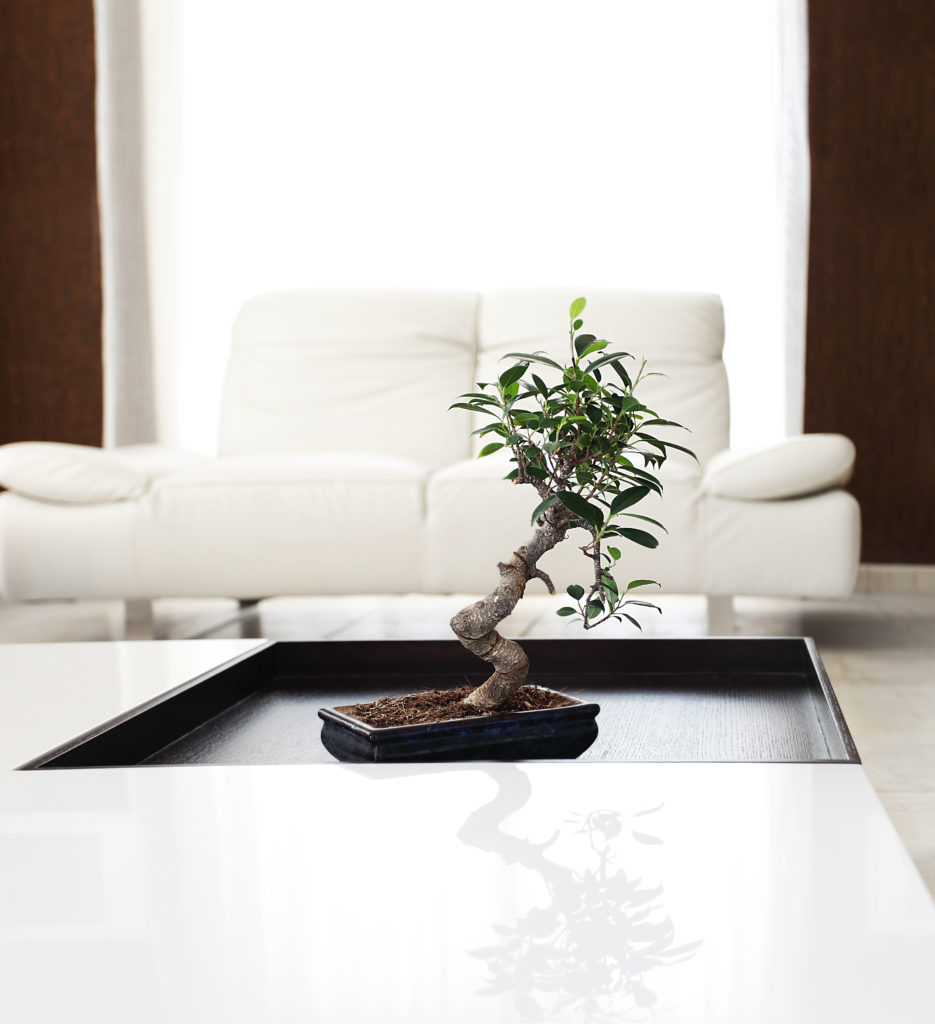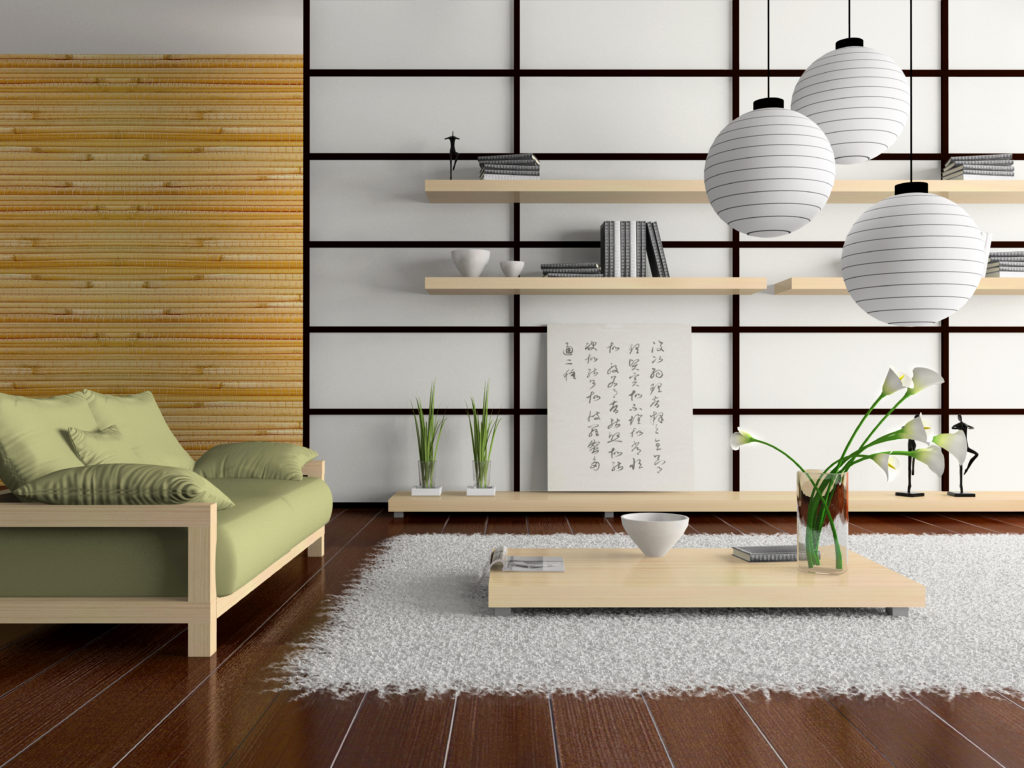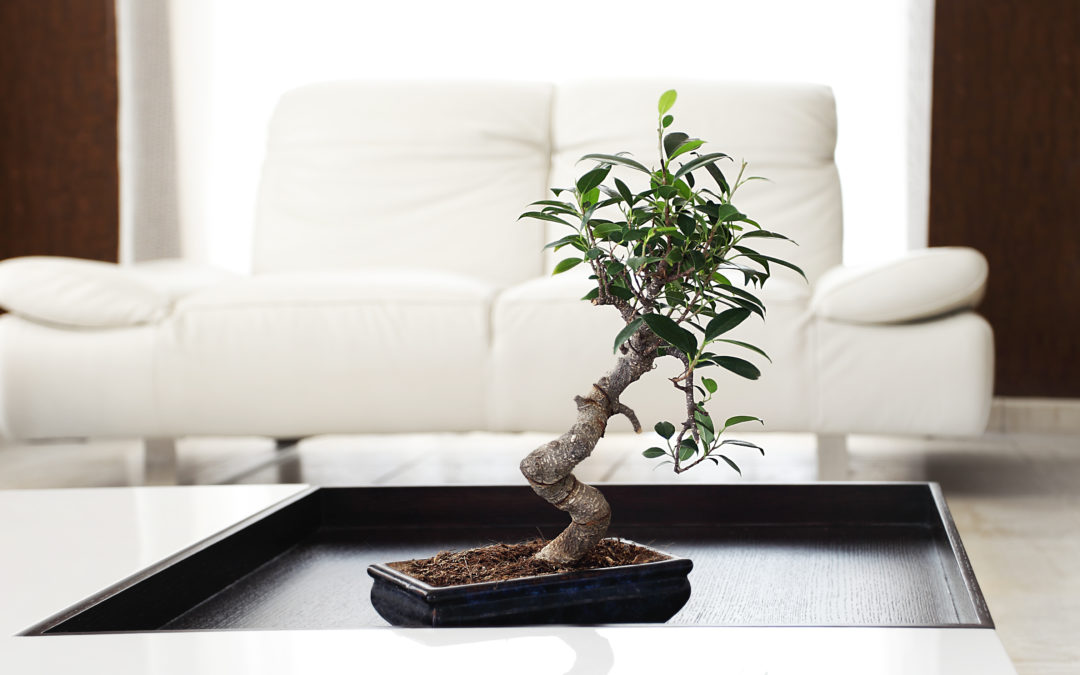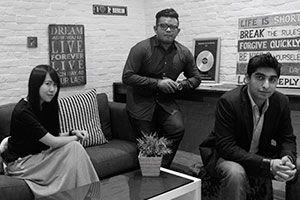Just like the HDB flats in Singapore, Japanese apartments tend to be small. The difference lies in their living rooms, where they are both visually spacious and functional. This brings a sense of calm, making it a great place to come home to after a long day of work and school. If you’re a new home owner, here are some HDB interior design tips you can bring over for your Singaporean home.
1) Let Nature In
In a culture where nature is greatly loved and respected, it’s no surprise that the Japanese use elements of nature in their homes. Try adding traditional Japanese plants like the Bonsai and Bamboo; these will give your home a Japanese boost. If you have difficulty finding these plants in Singapore (we’re not in Japan, after all), consider any other kind of plants like orchids or a snake plant. Though it’s not terribly typical to see colourful flowers in Japanese interior design, you can always try having plants with muted coloured flowers for a feminine touch. Otherwise, stick to plants that have simple lines and a natural green shade.

2) Sliding Screens
Just like our HDB flats, Japanese homes tend to be small and pricey. This means that space is at a premium and conserving it is a major priority. Instead of doors that open into rooms like any typical Singaporean HDB flat, sliding doors are often used instead. This will not only visually enhance the look of your home, but using door dampening systems on these sliding doors will also reduce any door-nipped-at-junior’s-finger accidents if you have children at home. While authentic Japanese sliding doors are usually made of translucent paper to let natural light in, having them in modern materials is completely possible. Use frosted glass to give the same effect, without compromising on the durability. Another good idea is using mirrors on sliding closet doors for a 2-in-1 functionality and to reflect light, making your room brighter and more visually appealing.

3) Wooden Elements
Another way to bring nature into your home is to add wooden furnishings. Invest in a pretty tatami mat, tables, chairs, walls, and doors. Some materials to consider would be bamboo, pine, or even maple for that gorgeous grain. Request these fine touches from your Interior Design firm— any Singaporean Interior Designer worth his or her salt would be happy to give you recommendations if this is suitable for the overall look of your home. The image below was a living room put together by us (M3 studio), where the walls were made of wood, giving this home a subtle Japanese Zen.

4) Simple Style
Japanese design is simple, clean, and minimal. With their simple living culture, clutter is not a commonplace in Japanese households. To achieve this look, keep your interior design sleek and clean-lined. Forget those gigantic, fun-looking bean bags— in most circumstances, they could very well look out of place in a Japanese inspired home. Instead, try getting legless chairs. They serve the same purpose of comfortable seating on the floor, just with cleaner lines and less bulk.

With these tips, who says that you can’t have a piece of Japan in Singapore? Go forth and transform your HDB home into a living space inspired by the calm, serene spirit of the Japanese culture. And remember, if you’re having a little hiccup with your HDB flat’s interior designs, feel free to call us up. We at M3 studio will always be happy to help!





